Information Physics and Computing Course IP Course
Correctly recognizes
the real world and achieves
desired functionality
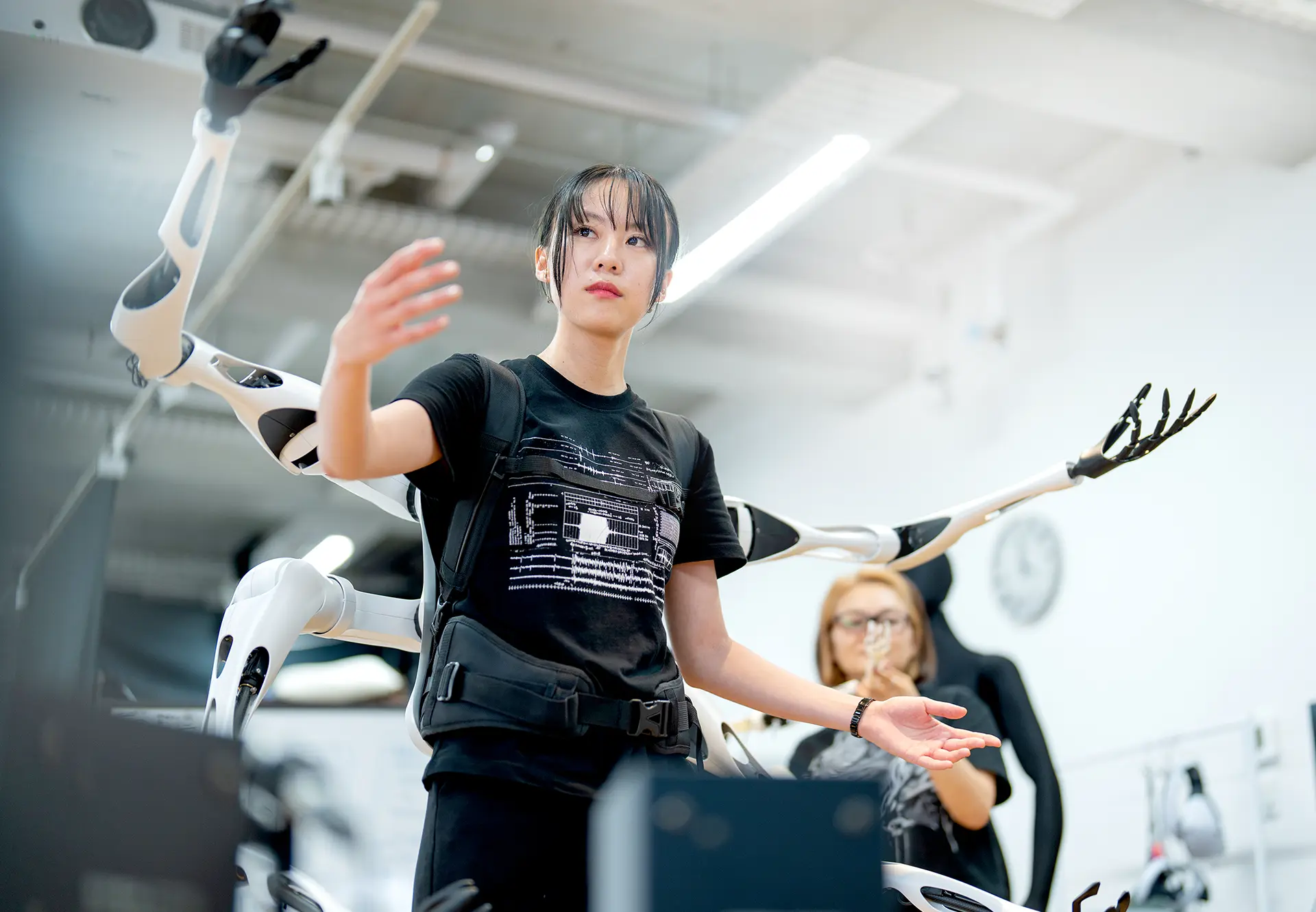
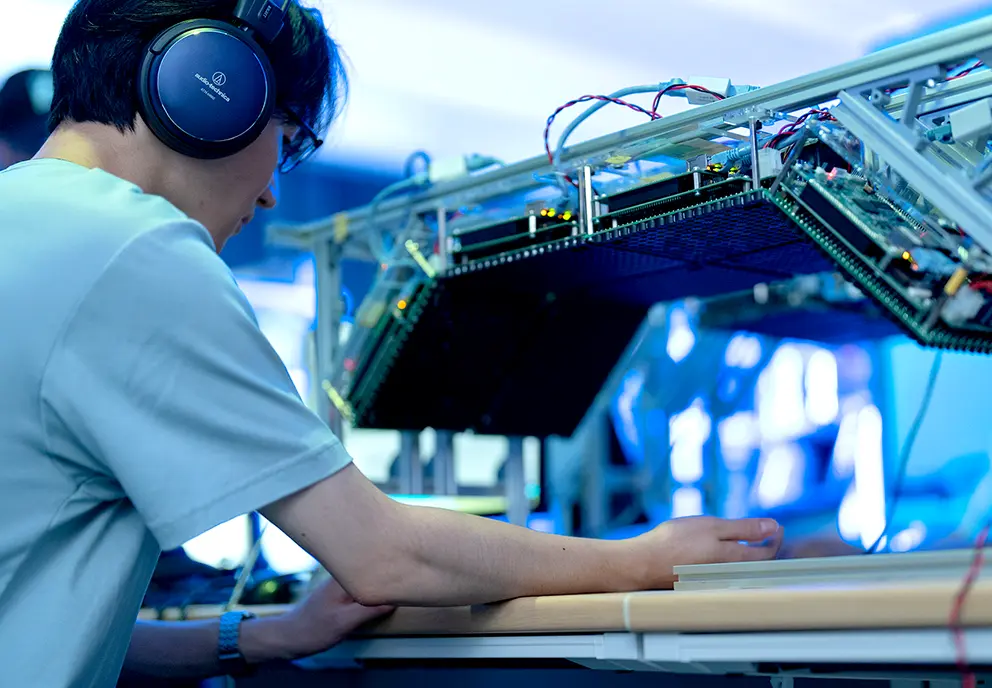
The goal of systems informatics is neo-cybernetics: the study of cognition and action that connects the physical world and the information world. Cognition" refers to the modeling of objects, and "action" refers to how we act on objects. We value this framework, which can be called the basic principle of engineering.
For example, to realize a brain-machine interface that allows a person to operate a medical prosthetic hand at will, the key is to measure and analyze significant neural signals from the brain, design control signals, and implement the hardware. This course/major seeks to pursue such universal principles of recognition and behavior, which can be applied to various subjects such as robotics, communication, and life, to realize new functions.
Why don't you challenge yourself with this approach to create new science and technology?

Faculty List
MEIP
Faculty List of IP
Learn more about the MEIP
through the research of our faculty
Philosophy of the IP Corse
The Systems and Information Engineering course aims to systematically understand the mechanisms of perception and action, and to engineering realization of them. Specifically speaking, the course addresses the entire process of sensing to collect information from the physical world, recognition of knowledge-level information based on that information, and control to achieve objectives. We also pursue new theories and algorithms to realize systems with new functions. This approach is also very valuable from the perspective of understanding and engineering the functions of living organisms. Whether artificial or living organisms, the focus is on the exploration of what functions can be realized with what mechanisms and hardware when they are considered as systems.
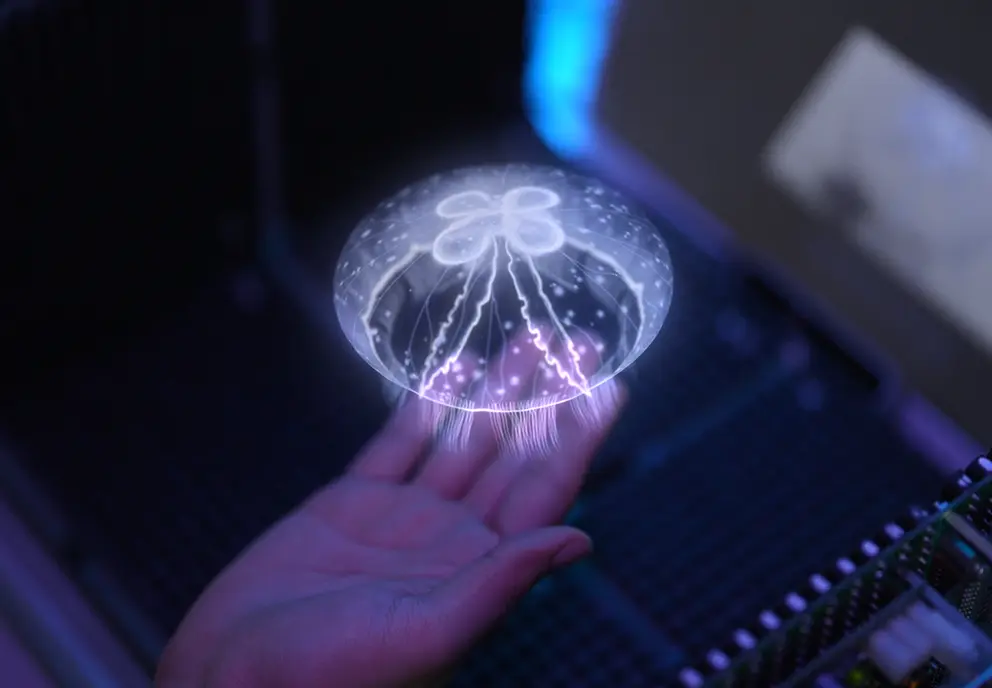
The study of "cognition and action" that connects the physical world and the information world
Specialized courses at the undergraduate level begin with basic subjects such as sensing, signal processing, recognition, control, circuits, and computational mechanics, and expand to bioinstrumentation, robot vision, remote sensing, audio information, and bioinformation systems. Although not directly reflected in the course titles, topics such as sensor fusion, adaptation, learning, intelligent robotics, and artificial reality are also covered, and through experiments, prototype production of these systems is also conducted.
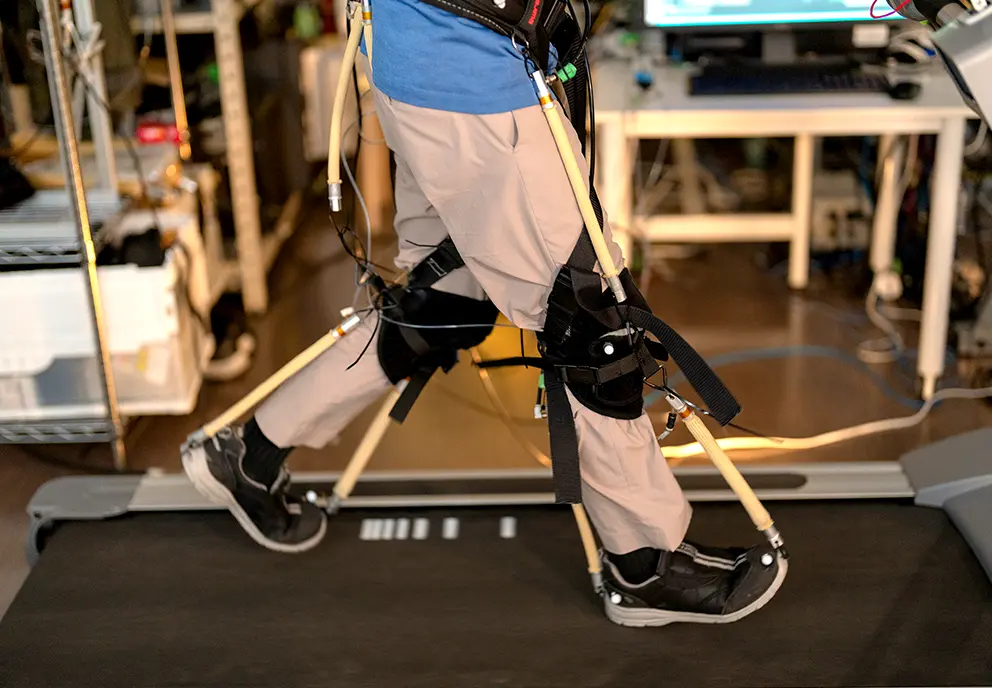
The course utilizes a foundational curriculum of physics, mathematics, information, and systems, with a balance between physics and mathematics, while deepening specialized courses related to information and systems. Cognitive and behavioral engineering is a developing field with many unsolved problems. For this reason, we strive to provide students with a wide range of basic knowledge and to foster an attitude of challenge in dealing with new issues and exploring new fields of study even after graduation.
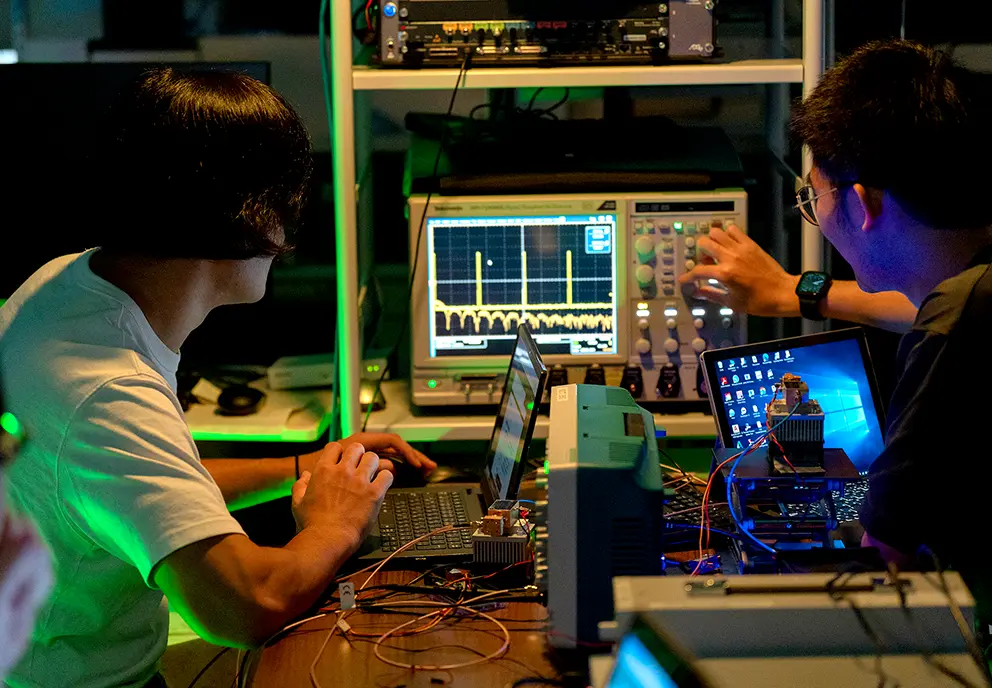
At the end of World War II, the Department of Instrumentation Engineering was newly established in the First Faculty of Engineering of Tokyo Imperial University, and the first class of 40 students enrolled in April 1945. According to the prospectus by Professor Masaichi Majima, the goals of the Department of Instrumentation Engineering were
[1] To have broad physical knowledge and the ability to apply it freely,
[2] To abstract phenomena, to construct logical systems, and to express these systems mathematically,
[3] To train engineering technicians who can devise the most appropriate measurement methods from a comprehensive standpoint and develop the corresponding measurement devices.
The Department of Instrumentation Engineering consisted of six courses: Materials Science of Measuring Instruments, Theory of Instrumentation, Electromagnetic Measurement, Optical Measurement, Dynamical Measurement, Mathematics of Measurement, and Thermal Measurement.
In 1951, the Department of Applied Physics, consisting of three courses and 11 departments, was newly established following the new university system. The six courses of the Department of Instrumentation Engineering were renamed the Course of Instrumentation Engineering, which newly educated its own students. The Department of Instrumentation Engineering's Dynamics and Measurement course was transferred to the Course of Physical Engineering at the time of this merger.
In 1962, the Department of Applied Physics was reorganized and expanded to include two departments, the Department of Mathematical Engineering and the Department of Physical Engineering. At that time, two courses were newly established, but one course was transferred to the Mathematical Engineering Course and two courses were transferred to the Physical Measurement Course, reducing the number of courses to four, but one course was added in 1966 (Showa 41), bringing the total to five. The Measurement Engineering Course was renamed the Applied Measurement Course in 1965, but reverted back to the Measurement Engineering Course in 1970.
In 1972, the Department of Information Technology was newly established in the Graduate School of Engineering as a so-called horizontal major (a major in which instructors from many departments cooperate in education and research), and the Department of Information Technology was attached to the Department of Mathematical Engineering. Many faculty members of the Department of Mathematics and Computer Science concurrently teach in the Department of Information Technology, and the Department of Mathematics and Computer Science plays a central role in the Department of Information Technology. The Department of Systems Engineering was expanded. The name of research groups in the Department of Mathematical Engineering was changed from "Chair" to "Laboratory" due to the establishment of a large chair.
In 1993, the faculty members of the Department of Mathematical Engineering were transferred from the Faculty of Engineering to the Graduate School of Engineering, and they were assigned to the Faculty of Engineering as well. (Previously, they belonged to the Faculty of Engineering and concurrently served in the Graduate School of Engineering.) With this reorganization, each department was reorganized into a large department of Instrumentation Engineering, and a new department of Principles of Instrumentation and Control Systems Engineering was added. In addition, due to the change to a large lectureship, the name of research groups in the Department of Mathematics and Computer Science was changed from "Chair" to "Laboratory.
In 1999, the Department of Complex Science and Engineering was newly established in the Graduate School of Frontier Sciences, and some faculty members of the Department of Mathematical Engineering were transferred to the Department of Complex Science and Engineering. In 2000, the Interfaculty Initiative in Information Studies and the Graduate School of Interdisciplinary Information Studies were newly established to conduct research and education related to information in a manner that integrates the humanities and sciences, and two faculty members from the Department of Mathematical Engineering were transferred to the Interfaculty Initiative in Information Studies as current chairs.
In 2001, the Graduate School of Information Science and Technology was newly established by merging the two graduate schools in order to provide better education and research in the field of information science. Accordingly, the Graduate School of Information Science and Technology was transferred to the Department of Systems Informatics. In addition, the course name of the Department of Mathematical Engineering in the Faculty of Engineering was changed from the Course of Instrumentation Engineering to the Course of Systems Information Engineering in response to this organizational change.
Currently, the System Information Engineering Course consists of eight laboratories (including the laboratory of Information Physics and Systems at the Research Center for Advanced Science and Technology), and its faculty members belong to either the Department of System Information Science, Graduate School of Information Science and Technology, the Department of Complex Science and Engineering, Graduate School of Frontier Sciences, Interfaculty Initiative in Information Studies, or the Research Center for Advanced Science and Technology.
- 1946
- Department of Instrumentation Engineering established in the First Faculty of Engineering of Tokyo Imperial University.
- 1951
- Department of Applied Physics and Engineering is established and becomes the Department's Instrumentation Course.
- 1962
- Department of Mathematical Engineering established; Measurement Engineering course established.
- 1965
- Course in Measurement Engineering renamed Course in Applied Measurement
- 1970
- Applied Measurement Course renamed Measurement Engineering Course
- 1972
- The Graduate School of Engineering establishes a specialized course in information technology, and the Information Processing Engineering Department is attached to the Department of Mathematical Engineering.
- 1985
- Name changed from "Instrumentation Physics" to "Information Physics
- 2001
- With the change of the graduate school, the name of the Instrumentation Engineering Course was changed to the Systems and Information Engineering Course.
Name changed from "Information Physics" to "Information Physics and Computing"

